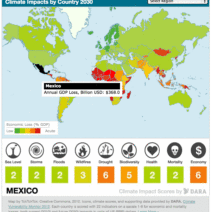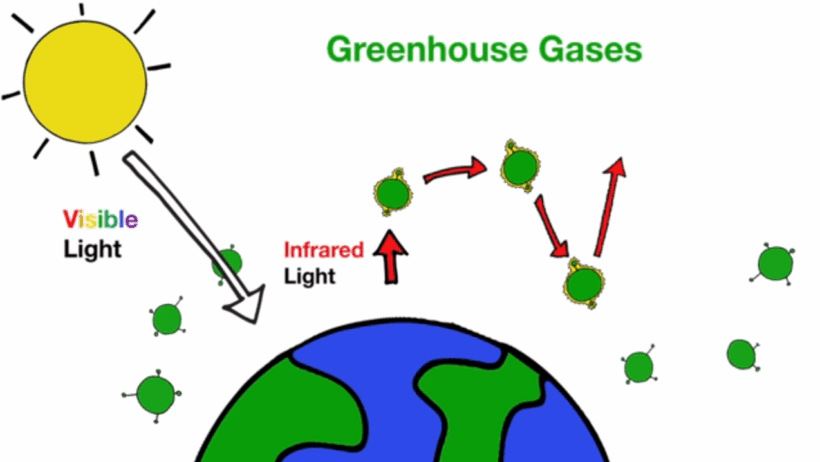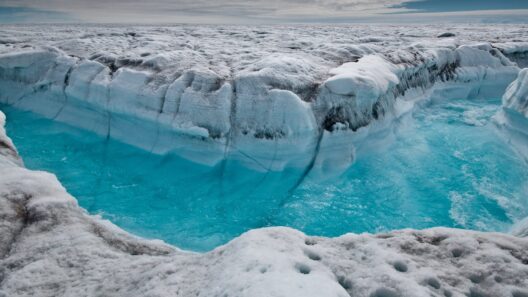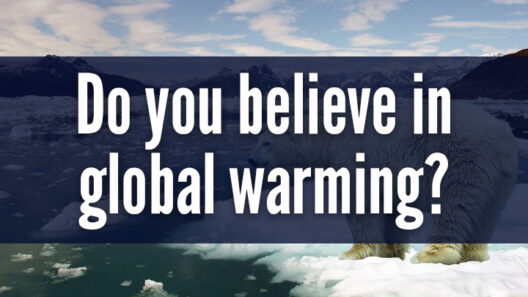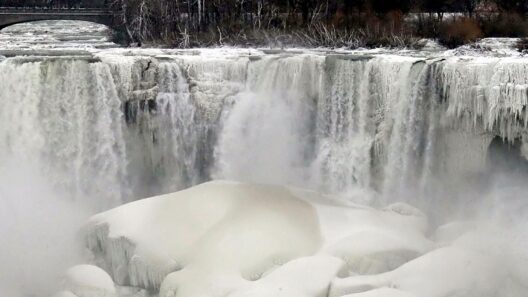Global warming, a term that has seeped into mainstream vernacular, is often perceived through the prism of sensationalized headlines and polarized debate. However, beyond the hype lies a labyrinth of scientific inquiry that elucidates not only the mechanisms behind climate change but also its profound implications for ecosystems and human civilization. This discourse aims to traverse the intricate landscape of global warming, demystifying its causes, consequences, and the scientific consensus underpinning this existential challenge.
At its core, global warming is a byproduct of greenhouse gas emissions—chiefly carbon dioxide (CO2), methane (CH4), and nitrous oxide (N2O)—which entrap heat within the Earth’s atmosphere. This phenomenon is largely attributable to anthropogenic activities, notably the combustion of fossil fuels for energy and transportation, deforestation, and industrial processes. The very foundation of life on Earth is predicated on a delicate balance of natural greenhouse effects, which are essential in maintaining the planet’s habitable temperature. Yet, human activities have significantly amplified this effect, leading to an unprecedented surge in global average temperatures.
The scientific method has relentlessly scrutinized the implications of increasing greenhouse gas concentrations. Instrumental in this assessment is the historical data derived from ice cores, tree rings, and ocean sediments, which elucidate climate patterns extending back thousands of years. The analysis reveals that the current rate of warming is unparalleled in at least 800,000 years. This stark deviation amplifies the understanding that we are not simply experiencing a cyclical phase but rather a profound alteration in climatic stability.
Engagement with the climate system exposes a cascade of feedback mechanisms, some of which exacerbate the warming trajectory. For instance, as polar ice caps and glaciers melt due to rising temperatures, this reduces the Earth’s albedo—the reflectivity of the planet. A lower albedo draws in more solar radiation, creating a self-reinforcing cycle of warming. Additionally, the release of methane from thawing permafrost further intensifies the greenhouse effect, given that methane is significantly more potent than CO2 over a shorter time frame. These feedback loops underscore the urgency of addressing climate change, as they complicate predictions and exacerbate potential impacts.
One might observe that global warming manifests not only through rising temperatures but also through a plethora of severe weather phenomena. The increasing frequency and intensity of hurricanes, droughts, heatwaves, and flooding events are direct harbingers of a changing climate. Critics often argue about the variability and natural cycles inherent in weather; however, the overwhelming scientific consensus delineates a clear link between anthropogenic climate change and the intensification of such extreme weather events. The Intergovernmental Panel on Climate Change (IPCC) concludes that without significant reductions in greenhouse gas emissions, we could witness a rise in global temperatures exceeding 1.5 degrees Celsius by mid-century, an increase that entails catastrophic risks for both natural and human systems.
The ecological repercussions of global warming are profound. As temperatures climb, species face habitat loss, altered food webs, and shifts in migration patterns. Coral reefs, often referred to as the rainforests of the sea, are particularly vulnerable to thermal stress and ocean acidification, resulting in widespread bleaching and loss of biodiversity. Terrestrial ecosystems are similarly affected; iconic species such as polar bears and monarch butterflies are at the forefront of this biodiversity crisis. This phenomenon of “climate refugees” extends beyond flora and fauna to human populations, particularly in vulnerable regions where livelihoods depend inextricably on the climate.
Understanding the societal impacts of global warming introduces a socio-economic dimension to this discourse. Economic disparities often dictate resilience and adaptability to climate change. Vulnerable populations, especially in developing nations, bear the brunt of climate impacts despite contributing least to the problem. Food security, health, and livelihoods are intimately tethered to climatic stability, and as conditions worsen, the potential for conflict over dwindling resources escalates. Transitioning to sustainable practices and enhancing adaptive capacity emerge not only as environmental imperatives but also as moral obligations—a call for global solidarity against a backdrop of vulnerability.
The discourse surrounding climate change has inspired a plethora of solutions, yet the path forward remains fraught with complexity. Technological innovations, such as renewable energy, carbon capture and storage, and sustainable agricultural practices, present promising avenues for mitigating emissions. Additionally, fostering public awareness and grassroots movements can galvanize societal support for policy shifts toward sustainability. However, such solutions require systemic change, which necessitates commitment from governments, corporations, and individuals alike. Policy frameworks aiming for decarbonization, climate justice, and equitable resource distribution will serve as cornerstones in this collective endeavor.
In conclusion, global warming transcends mere rhetoric; it is a pressing scientific reality characterized by intricate interactions within the Earth’s climate system. Understanding this reality prompts a deeper inquiry into the socio-political frameworks that have perpetuated environmental degradation. Through informed discourse, innovative solutions, and a collective commitment to sustainable living, society can navigate past the hyperbole surrounding climate change, forging a future that honors the delicate equilibrium of our planet. The time for action is not tomorrow, but today—a fusion of awareness and action can pivot us toward a more resilient and sustainable world.


